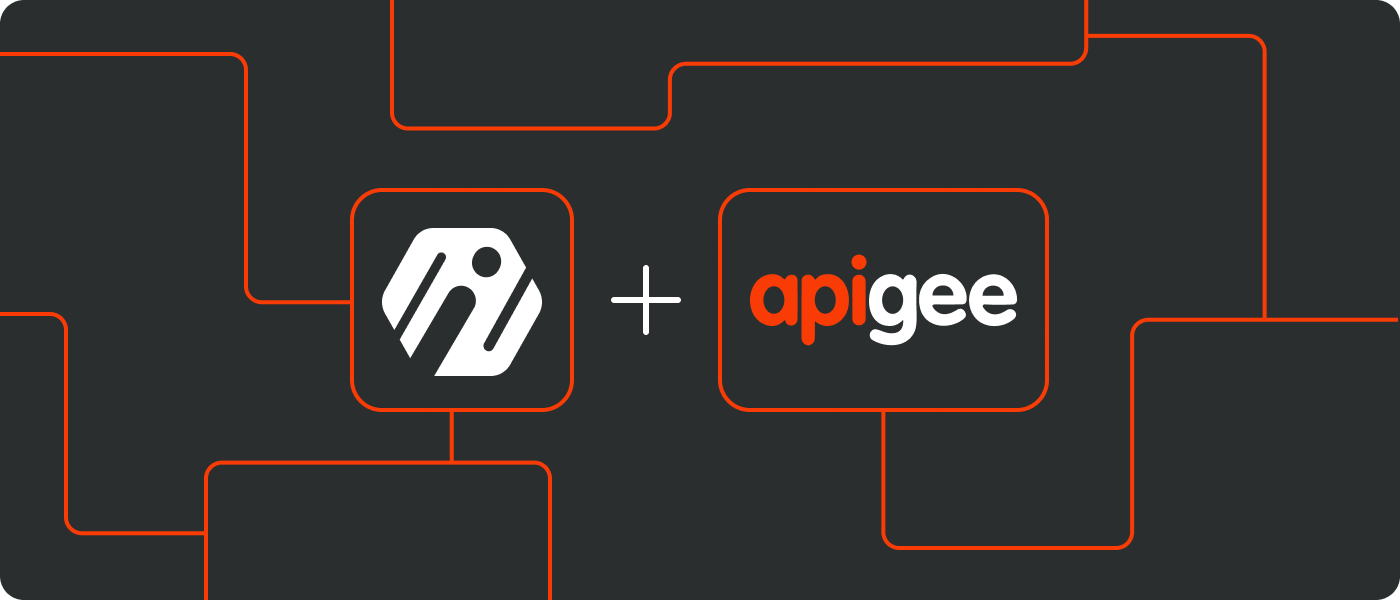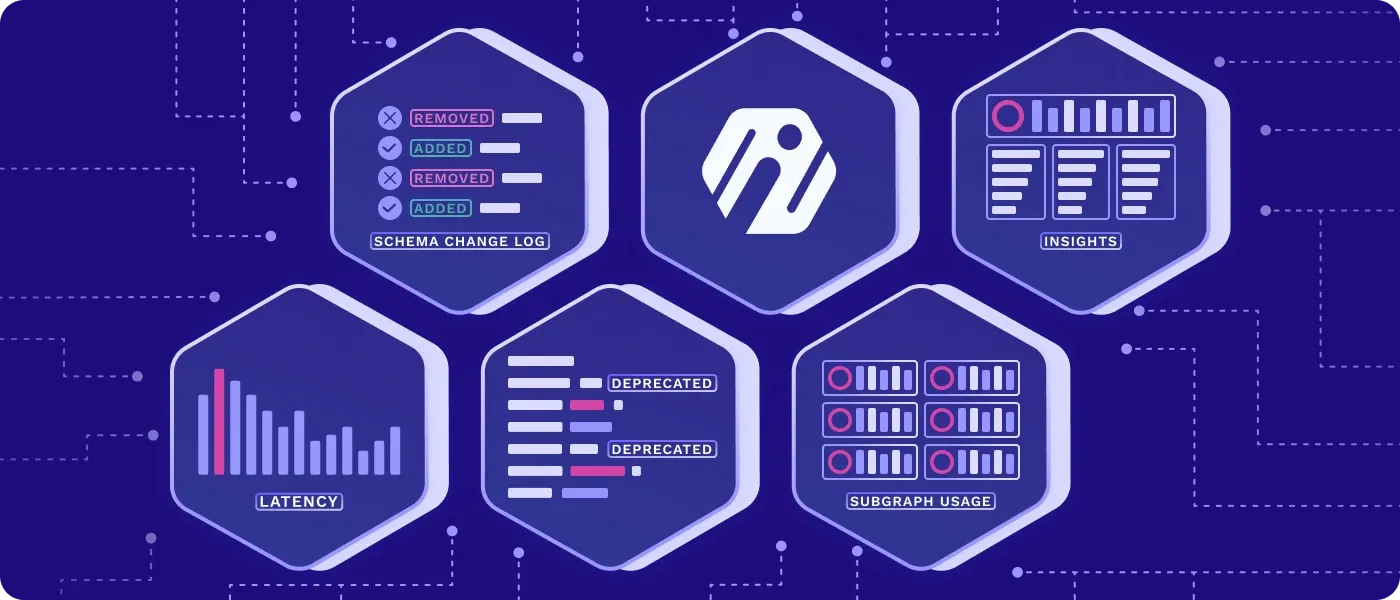Expedite your GraphQL roadmap by making it enterprise-ready from day one
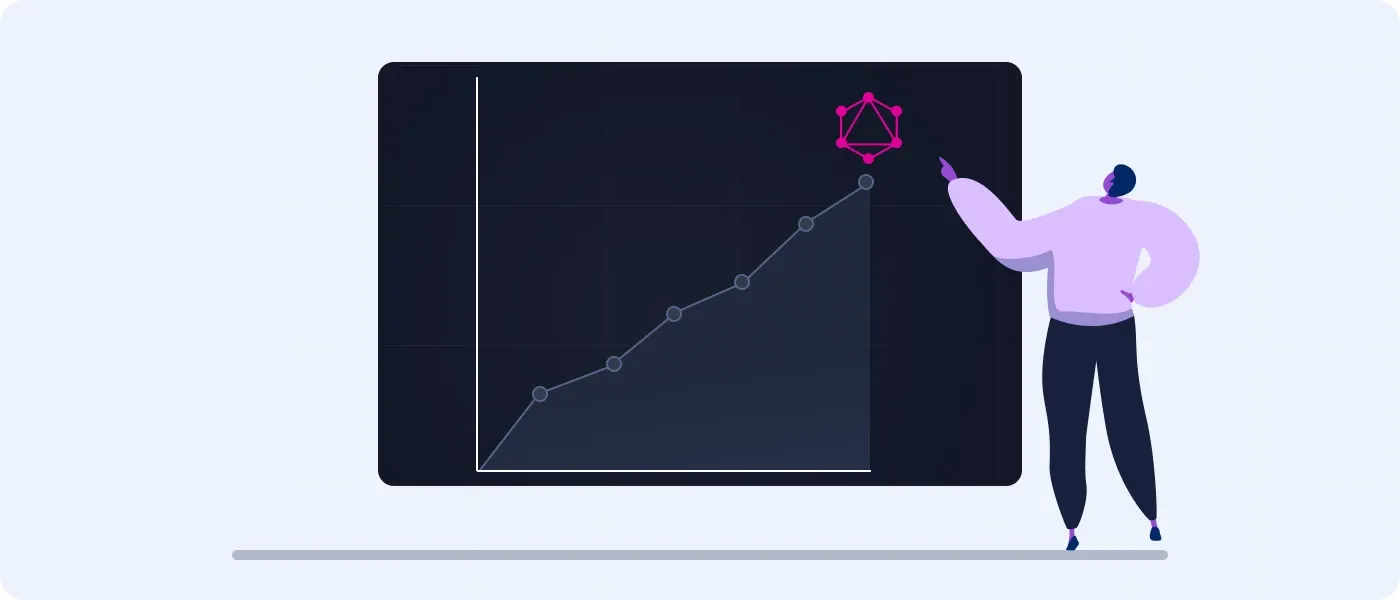
Overview
The enterprise path to full-fledged GraphQL adoption in production —and API modernization at scale—often begins with a single developer or a single API in the journey of digital transformation.
That developer recognizes the advantages of the GraphQL open source API query language for workflow efficiency, and begins championing it within the organization. If you’re reading this, you may be that champion.
You understand GraphQL’s vast potential to accelerate application development and expedite roadmaps. You’re the one telling every colleague you can how GraphQL allows applications to collect all required data within a singular API request, and how GraphQl can do that with speed and control that REST APIs can’t match.
If you find yourself in this champion role, however, you may have also already encountered a few all-too-common roadblocks to your ideal GraphQL adoption roadmap. For those newer to GraphQL, here are some obstacles you might come across—and how to navigate them.
Obstacle #1 for GraphQL champions: the myth that “GraphQL is not mature enough for enterprises”
First of all, starting out with GraphQL isn’t the hard part. Developers can deploy a GraphQL server and get going pretty darn easily. The harder challenge is winning organizational buy-in and standing up a stable, secure, and enduring enterprise-grade implementation.
An early obstacle to enterprise GraphQL adoption—which its champions must address head-on—is the perception that it isn’t ready for primetime. Skeptical stakeholders within your organization may claim that GraphQL isn’t mature enough for enterprise use cases. If you deploy GraphQL in a haphazard and unsustainable manner that also makes it an easy target for hackers, you’re all but doomed to failure. It’s dangerous to the future of GraphQL at your organization if you end up making the skeptics look like they’re right. That’s why it’s crucial it deploy GraphQL with a strong and secure foundation from day one. And that’s completely doable.
The truth is that GraphQL is mature enough for production in large enterprises and is already deployed in large production environments across the biggest and most data-intensive companies in the world (Meta, Rakuten, PayPal, Lyft, KLM, Starbucks, Shopify, the list goes on). Champions can answer skeptics by demonstrating that enterprise-grade, purpose-built GraphQL tooling and expert support are available to guide a seamless deployment and allow the development team to hit the ground running toward their GraphQL goals. This is why we built Inigo; our one-stop-shop GraphQL management gateway eliminates the learning curve to managing a secure enterprise GraphQL deployment.
Obstacle #2 for GraphQL champions: the myth that it’s “too early to add enterprise support”
It’s a frustrating catch-22 for champions: while some skeptics accuse GraphQL of not being enterprise-ready, other stakeholders will say it’s too early to invest in GraphQL management, security, and support because the organization has yet to use it much.
Champions need to deliver this message: it’s never too early to apply GraphQL best practices and doing so from the beginning pays dividends in the long term. Implementing best practices in a greenfield environment means fully benefitting from efficient operations, secure access control and visibility, granular analytics and BI insights, schema planning, API lifecycle tools, and an improved developer experience from the start. In contrast, aligning brownfield deployments with GraphQL best practices often means fixing thorny legacy issues—such as access controls hard-coded into servers and resolvers—which can be harder to deal with. You would never hear that it’s too early to use Jira in the development process. it’s given that you want everything there from day one. Similarly, the sooner an enterprise starts with GraphQL best practices for workflow management and security, the easier it is to operate and scale, and the more inisghts you have to optimize your schema and design things right from the start.
Explore Inigo
GraphQL champions know that their enterprises are ready to harness GraphQL, and that they should highlight the right complementary tooling to help make their case and convince stakeholders. With Inigo, enterprises gain the visibility to operate GraphQL seamlessly, and the security to operate it safely and with confidence. The Inigo platform also removes obstacles to GraphQL adoption, eliminating unknowns to make migration quicker and easier while expediting GraphQL’s (many) benefits.
Developers Use Inigo for: GraphQL Visibility
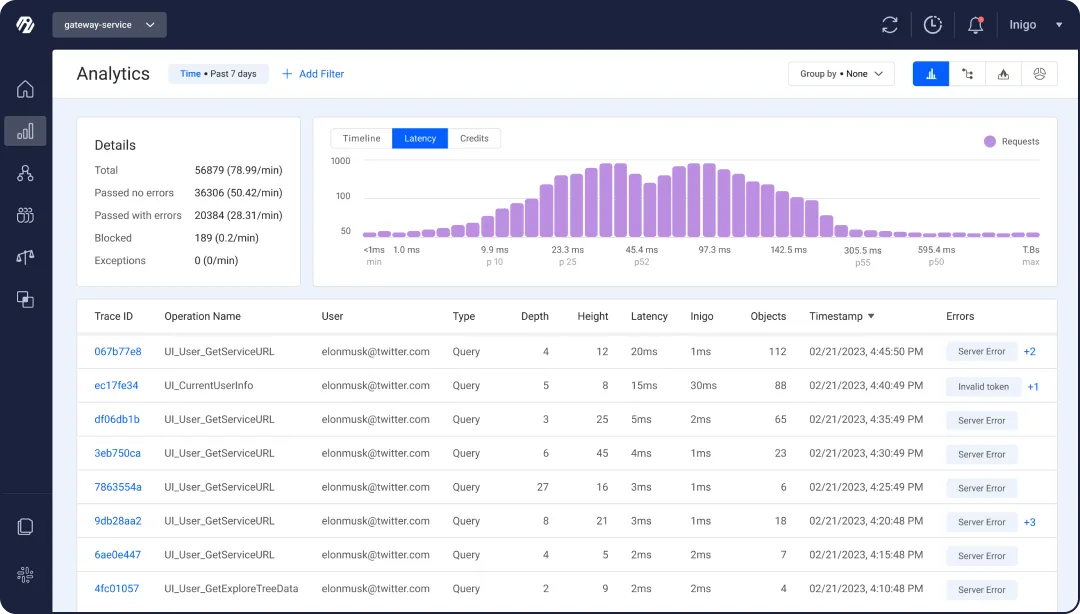
Seeing is believing, and visibility into GraphQL data is critical to ensure success and find any issues before they become…big issues. For both at-a-glance visibility into GraphQL deployments and granular deep dives, the Inigo platform delivers. A health dashboard details any server error breakdowns, with a complete view of service and subgraph states. The dashboard is built to enable developers to take quick action when needed.
While standard monitoring tools overlook GraphQL query insights—and the valuable business intelligence those insights hold—the Inigo platform is built for query-level analytics. Developers get a uniquely in-depth understanding of their GraphQL usage (at scale) through detailed insights into the field level, query paths, and server health, among other metrics.
Developers Use Inigo for: GraphQL Planning
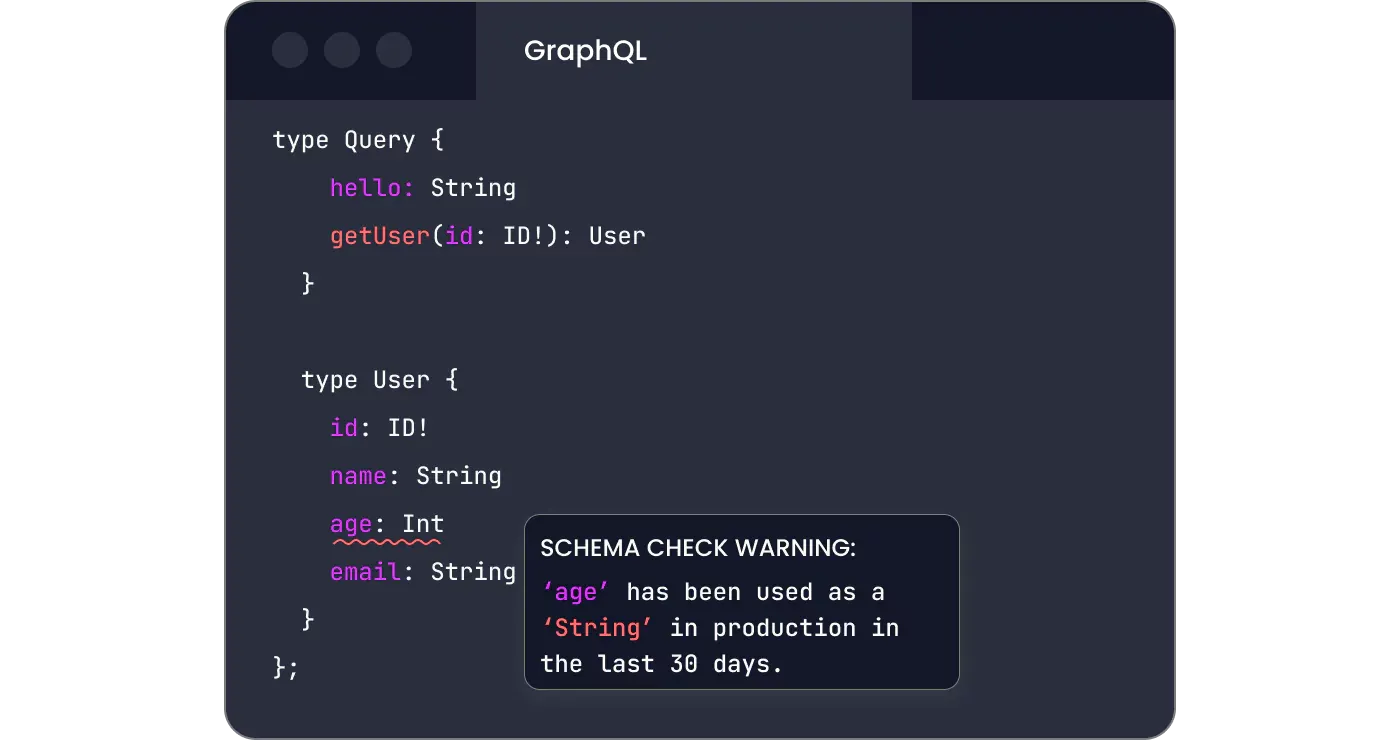
Inigo takes the guesswork (and time) out of GraphQL planning. Straightforward schema navigation enables developers to quickly identify, review, and share schema version differences, and also flag any deprecated and tagged fields. The platform’s heatmap of GraphQL usage—with real traffic data—is critical for gathering unique BI that drives more effective and efficient planning.
As the API lifecycle progresses, Inigo gives developers the tools they need to be well-prepared for schema changes and field deprecation with absolute minimal (and often zero) impact to the customer experience. Inigo’s gateway inspects changes and compares them against real traffic, instantly alerting developers to any API outages.
Developers Use Inigo for: GraphQL Security

All of GraphQL’s productivity, developer experience, and availability gains fall apart if security can’t keep up. Inigo protects GraphQL environments from spec abuse with query-level protections that thwart DoS attacks and provide real-time protection against data tampering, malicious traffic, and slow (or unresponsive) API responses.
Object-level rate limiting is critical for GraphQL security, and Inigo achieves this by counting each query’s requested objects and returned objects against a time frame limit (such as 1000 objects per minute). Developers using object-based rate limiting know that their servers will be protected against potential performance degradation while still allowing for flexible and efficient API use.
Lastly, one of the biggest developer misconceptions around GraphQL security is that you need to disable introspection. You don’t. Inigo’s schema-based access control is built with introspection separation, so access control can be completely enforced at the edge. Users only get schema visibility to pre-allowed operations, types, and fields.
Is Inigo right for me?
Because Inigo uses a traffic-based pricing model and costs nothing to install, champions can explore Inigo and demonstrate its benefits on dev environments practically for free. Champions should also showcase how Inigo delivers a huge ROI by eliminating the need to hire top-tier GraphQL talent. With Inigo, there’s no need for enterprises to wait to deploy GraphQL, no huge budget expenditures, and no need to hire in-house experts to take advantage of an expertly managed and secured GraphQL deployment.
